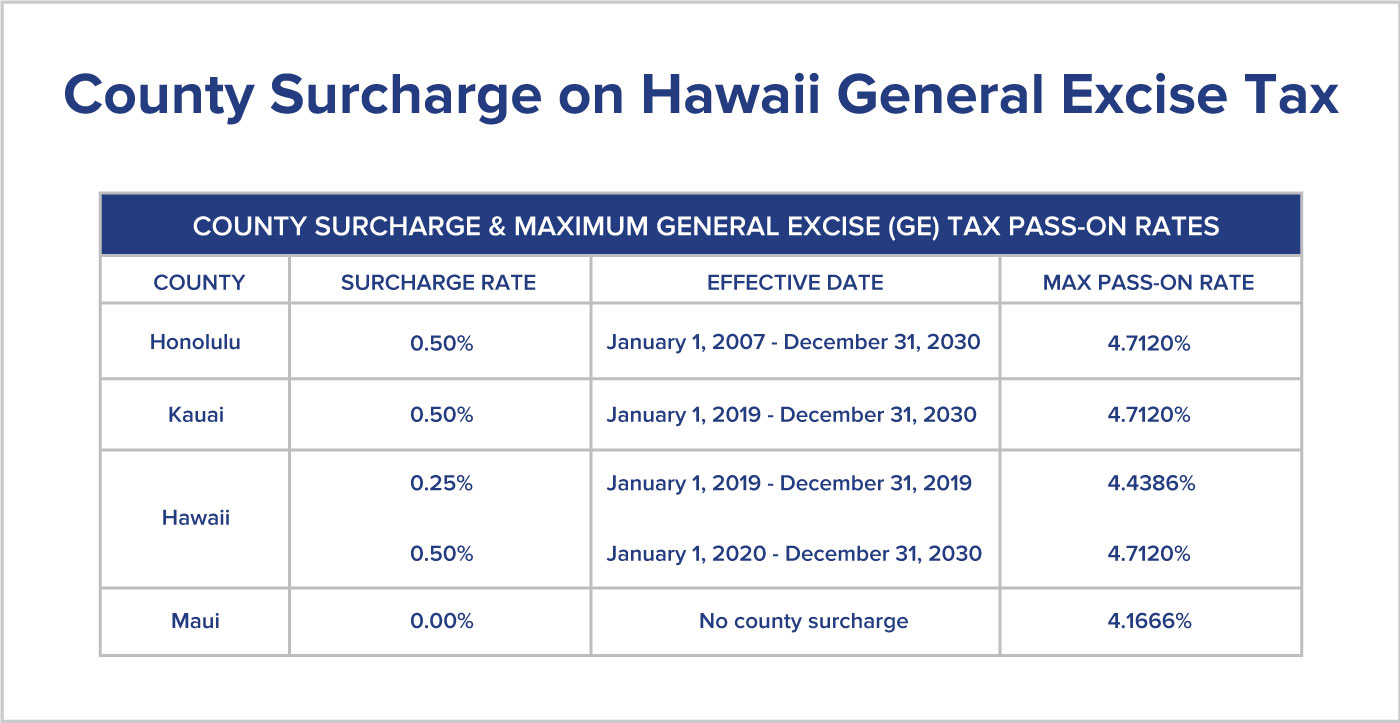Home>Finance>What Is The Grace Period For State Farm Auto Insurance


Finance
What Is The Grace Period For State Farm Auto Insurance
Modified: February 21, 2024
Looking for information on the grace period for State Farm auto insurance? Find out everything you need to know about this important financial aspect.
(Many of the links in this article redirect to a specific reviewed product. Your purchase of these products through affiliate links helps to generate commission for LiveWell, at no extra cost. Learn more)
Table of Contents
Introduction:
Welcome to the world of State Farm Auto Insurance! Whether you’re a new driver or a seasoned road warrior, having the right insurance coverage is crucial for peace of mind. State Farm is a well-respected and trusted name in the insurance industry, with a long history of providing reliable and comprehensive coverage to millions of drivers across the United States.
In this article, we will explore an important aspect of State Farm Auto Insurance: the grace period. Understanding what a grace period is and how it works can help you navigate potential gaps in coverage and ensure that you are protected at all times.
So, what exactly is a grace period in insurance? How does it relate to State Farm Auto Insurance? And what are the benefits and limitations of using the grace period? We will answer all these questions and more, giving you a comprehensive understanding of this important feature of your State Farm policy.
Additionally, we will discuss the factors that can affect the length of the grace period and provide helpful tips on how to effectively utilize this grace period if needed. Lastly, we will explore alternative options to consider if you find yourself in a situation where you need extended coverage beyond the grace period.
By the end of this article, you will have a clear understanding of the grace period for State Farm Auto Insurance and be equipped with the knowledge to make informed decisions about your coverage. So, let’s dive in and explore this essential aspect of your insurance policy.
Understanding State Farm Auto Insurance:
Before we delve into the specifics of the grace period for State Farm Auto Insurance, let’s first have a solid understanding of what State Farm Auto Insurance is all about. State Farm is a leading insurance provider in the United States, offering a wide range of insurance products and services, including auto insurance.
State Farm Auto Insurance provides coverage for your vehicle and protects you against financial loss in the event of an accident, theft, or other covered incidents. It offers various types of coverage, including liability coverage, which is required by law in most states, as well as comprehensive coverage, collision coverage, and personal injury protection.
What sets State Farm apart from other insurance providers is its commitment to exceptional customer service. State Farm agents are known for their personalized approach, taking the time to understand your specific needs and providing customized insurance solutions that fit your budget.
State Farm also offers a range of additional benefits and features, such as roadside assistance, rental reimbursement, and emergency travel expenses coverage. These added perks can provide you with peace of mind and make your insurance experience even more convenient.
Whether you’re a new driver or have been on the road for years, having reliable auto insurance is essential. State Farm understands this and strives to make the insurance process as simple and straightforward as possible.
Now that we have a solid understanding of State Farm Auto Insurance, let’s explore the concept of the grace period and how it applies to your coverage.
What Is a Grace Period in Insurance?
A grace period in insurance refers to a specified period of time after the due date of a premium payment during which the policy remains in effect, even if the payment has not been made. It is essentially a buffer period that allows policyholders to make their payment without facing immediate consequences, such as a lapse in coverage or cancellation of their policy.
The purpose of a grace period is to provide policyholders with a reasonable amount of time to catch up on missed payments and maintain continuous coverage. It serves as a safety net, protecting policyholders from the potential risks and financial burdens that could result from a temporary lapse in coverage.
During the grace period, the insurance policy remains active, and the policyholder can still file claims and receive the benefits outlined in their policy. However, it’s important to note that any missed payments during the grace period must be paid, typically with accrued interest or fees, in order to maintain the policy.
Grace periods can vary depending on the insurance company and the type of policy. For auto insurance policies, grace periods are typically around 10 to 30 days. However, it’s crucial to review the terms and conditions of your specific insurance policy to determine the exact length of the grace period provided.
Now that we have a clear understanding of what a grace period in insurance is, let’s focus on the grace period for State Farm Auto Insurance specifically, and how it can benefit policyholders.
Grace Period for State Farm Auto Insurance
State Farm Auto Insurance understands that life can be unpredictable, and sometimes financial obligations can slip through the cracks. That’s why they provide a grace period to allow their policyholders some flexibility when it comes to premium payments.
For State Farm Auto Insurance policies, the grace period typically lasts for 10 days. During this period, if a premium payment is missed, the policy will continue to remain in effect, and the policyholder will still have coverage. This grants policyholders a bit of breathing room to make the necessary payment without immediate repercussions.
It’s important to note that the grace period does not excuse or waive the missed premium payment. The payment is still required, and any missed payments during the grace period must be paid to keep the policy active. Additionally, State Farm may charge late fees or interest on the overdue payment.
During the grace period, it’s a good idea to take prompt action and ensure that the premium payment is made as soon as possible to avoid any potential disruptions in coverage. This is especially important if you need to file a claim during the grace period, as State Farm may require the outstanding premium payment to be made before processing and paying out the claim.
As a State Farm policyholder, it’s crucial to be aware of the grace period and its implications. Keeping track of your premium due dates and making payments on time can help you avoid any unnecessary complications and ensure that you maintain continuous coverage.
Now that we understand the grace period for State Farm Auto Insurance, let’s take a closer look at the benefits and limitations of utilizing this grace period.
Benefits and Limitations of the Grace Period
The grace period provided by State Farm Auto Insurance offers several benefits to policyholders. Here are some of the key advantages:
- Continued Coverage: The grace period ensures that your policy remains active, even if you miss a premium payment. This means that you are still protected against potential risks and can file claims during this period.
- Flexibility: The grace period allows policyholders some flexibility when it comes to making premium payments. It provides a buffer period to catch up on missed payments and avoid any immediate disruptions in coverage.
- Temporary Financial Relief: Life can sometimes throw unexpected financial challenges our way. The grace period gives policyholders a temporary break, allowing them to make premium payments without facing immediate consequences.
- Avoiding Reapplication Process: If your policy were to lapse due to a missed payment, you may be required to reapply for insurance, which can be a time-consuming process. The grace period helps you avoid this hassle by keeping your policy in effect.
However, it’s important to be aware of the limitations of the grace period:
- Payment Obligation: The grace period does not waive the missed premium payment. You are still required to make the payment, and any missed payments during the grace period may incur late fees or interest.
- Claim Processing: If you need to file a claim during the grace period, State Farm may require you to make the overdue payment before processing and paying out the claim.
- Potential Coverage Gaps: Relying on the grace period too frequently can lead to coverage gaps. It’s always best to make premium payments on time to avoid any potential disruptions in coverage.
Understanding both the benefits and limitations of the grace period can help you make informed decisions about your payments and ensure that you maintain continuous coverage. Now, let’s explore the factors that can affect the length of the grace period.
Factors That Affect the Grace Period
The length of the grace period provided by State Farm Auto Insurance is typically standard at 10 days. However, it’s important to note that the grace period can be influenced by several factors. Here are some of the key factors that can affect the length of the grace period:
- State Regulations: Insurance regulations vary by state, and the minimum grace period required by law may differ. State Farm adheres to the legal requirements of each state, which can impact the length of the grace period provided.
- Premium Payment History: Your payment history with State Farm can also influence the grace period. If you have a good track record of timely payments, State Farm may be more flexible in providing a grace period.
- Policy Type and Coverage: The type of policy and coverage you have may impact the grace period. Different policies, such as liability-only or comprehensive coverage, may have varying grace period durations.
- Individual Circumstances: In certain situations, such as financial hardship or extenuating circumstances, State Farm may offer additional flexibility and a longer grace period. It’s always best to communicate with your State Farm agent to discuss your specific circumstances.
It’s important to stay informed about the specific grace period provided by State Farm Auto Insurance and any relevant factors that may affect it. Reviewing your policy documents and staying in touch with your State Farm agent can help ensure that you are aware of the grace period details.
Now that we understand the factors that can impact the length of the grace period, let’s explore how to effectively utilize the grace period if needed.
How to Use the Grace Period
The grace period offered by State Farm Auto Insurance can be a valuable tool to help you manage your premium payments. Here are some important steps to effectively utilize the grace period:
- Stay on Top of Payment Due Dates: The first step is to be aware of your premium payment due dates. Keep track of when your payments are due and set reminders to ensure you don’t miss any deadlines.
- Communicate with your State Farm Agent: If you anticipate difficulty in making a payment, it’s essential to communicate with your State Farm agent as soon as possible. They may be able to offer guidance, options, or even make arrangements to extend the grace period in certain circumstances.
- Make Your Payment Promptly: While the grace period provides you with a buffer, it’s always best to make your premium payment as soon as possible. Timely payment will help avoid any potential disruptions in coverage and ensure that you remain protected.
- Understand Late Payment Consequences: It’s important to be aware that State Farm may charge late fees or interest on any missed payments during the grace period. Understanding the financial implications can encourage you to make payments on time.
- Consider Automatic Payments: Setting up automatic payments can help ensure that your premiums are paid on time, reducing the risk of missed payments and eliminating the need to rely on the grace period.
By following these steps, you can effectively use the grace period to manage your premium payments and maintain continuous coverage with State Farm Auto Insurance.
However, it’s crucial to remember that the grace period should not be relied upon as a regular payment strategy. It’s always best to make premium payments on time and avoid any potential gaps in coverage.
Now, let’s explore alternative options to consider if you find yourself in a situation where you need extended coverage beyond the grace period.
Alternatives to the Grace Period
While the grace period provided by State Farm Auto Insurance can be helpful in managing premium payments, there are alternative options to consider if you find yourself in a situation where you need extended coverage beyond the grace period. Here are a few alternatives to explore:
- Payment Plans: If you’re unable to make a full premium payment in one lump sum, consider speaking with your State Farm agent about setting up a payment plan. This allows you to spread out your payments over an agreed-upon time frame, ensuring that you stay covered without relying on the grace period.
- Payment Extensions: In some cases, State Farm may be willing to grant a payment extension if you need a little extra time to make your premium payment. Contact your State Farm agent and explain your situation to see if they can accommodate your request.
- Financial Assistance Programs: State Farm and other organizations may offer financial assistance programs for policyholders who are facing temporary financial hardship. These programs can provide temporary relief and help you maintain your coverage while you get back on your feet. Reach out to your State Farm agent or inquire about available assistance programs in your area.
- Policy Changes: If you’re struggling to afford your current coverage, consider exploring options for adjusting your policy. Your State Farm agent can help you review your coverage needs and make changes that align with your budget, ensuring that you can continue to stay insured.
- Seeking Quotes from Other Insurers: If you find that you’re consistently unable to meet your premium payment obligations, it may be worth exploring other insurance providers. Requesting quotes from different insurers allows you to compare pricing and coverage options, potentially finding a more affordable solution that fits your needs.
Remember, the grace period should not be your primary method for managing premium payments. It’s important to prioritize making payments on time and explore alternative options if you’re unable to meet your obligations within the grace period.
Now, let’s summarize the key points we’ve covered regarding the grace period for State Farm Auto Insurance.
Conclusion
Understanding the grace period for State Farm Auto Insurance is crucial for policyholders to effectively manage their premium payments and maintain continuous coverage. The grace period offers flexibility and temporary relief, allowing policyholders a buffer to make their payments without immediate repercussions.
During the grace period, it’s important to stay proactive and make your premium payment as soon as possible to avoid any disruptions in coverage. Keep in touch with your State Farm agent, communicate any challenges you may be facing, and explore alternative payment options if needed.
While the grace period provides certain benefits, it’s important to remember that it should not be relied upon as a regular payment strategy. Making payments on time and maintaining a good payment history is crucial for your insurance coverage and financial well-being.
If you find yourself consistently struggling to make premium payments, consider reviewing your policy, exploring alternative options, or seeking financial assistance programs that may be available to you. It’s always prudent to prioritize your insurance needs while keeping your budget in mind.
By staying informed about the grace period and its implications, you can make informed decisions about your State Farm Auto Insurance coverage. Remember to review your policy documents, engage with your State Farm agent, and stay proactive in managing your insurance payments.
We hope this article has provided you with valuable insights into the grace period for State Farm Auto Insurance. Remember, having reliable and continuous coverage is essential for your peace of mind and financial protection on the road.
Drive safely and confidently, knowing that your State Farm Auto Insurance policy and the grace period are there to support you when you need it most.














